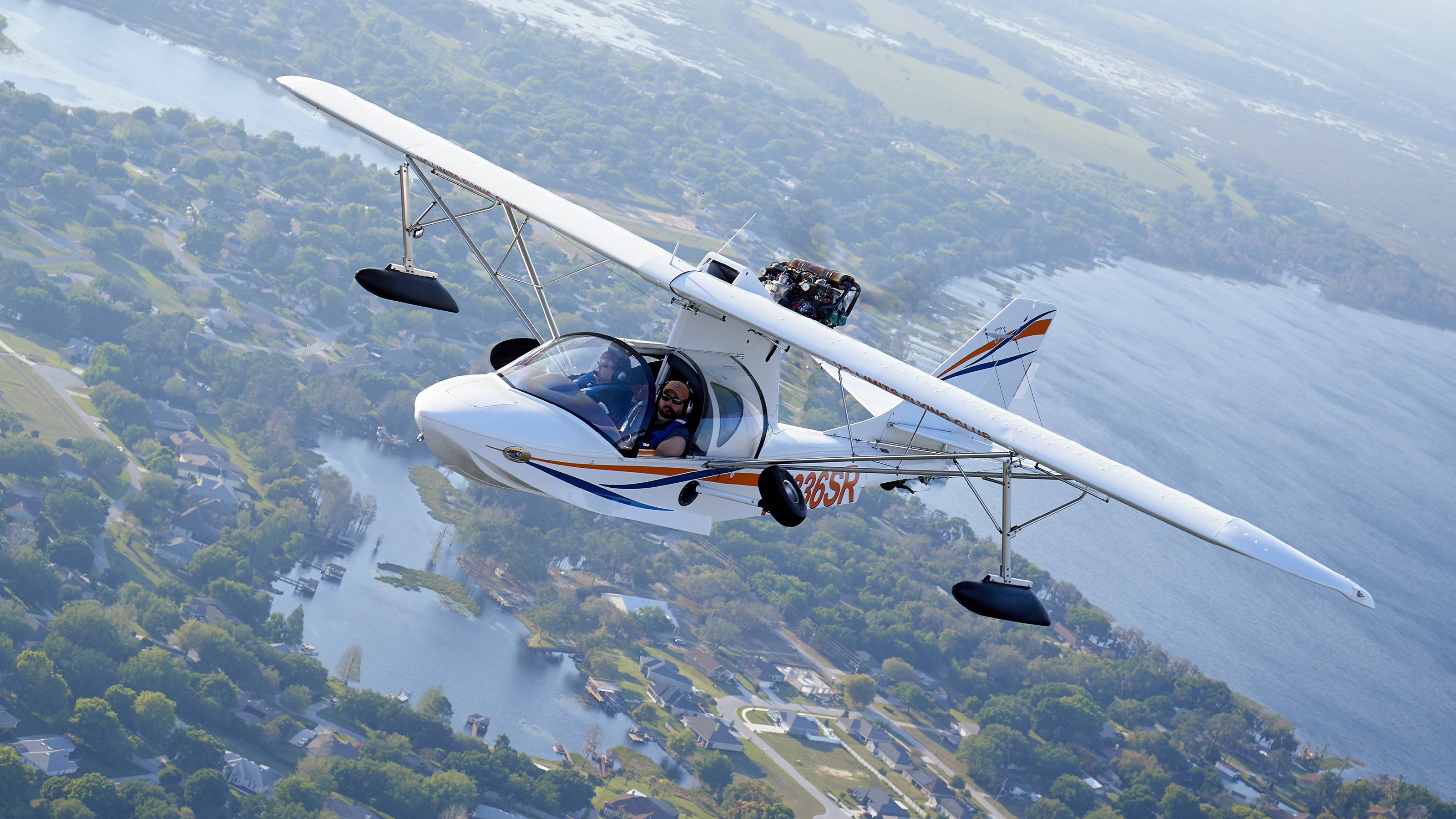Aerobatic Training for Pilots in General Aviation – Is it Worth It?
If you are reading this, then you probably think that it does not make much sense for most pilots to get any aerobatic training. After all, pilots in general aviation will never have to deal with inverted flight or any of the crazy stunts that aerobatic pilots perform on a regular basis — or do they?

Well, the answer is simple — a pilot that has aerobatics training is ultimately a safer and more capable pilot compared to their less accomplished counterparts. Aerobatics training is not just about having the ability to perform impressive and seemingly death-defying maneuvers. Many (if not all) of the skills you will learn in aerobatics training can be applied to general aviation and might even save lives one day.
So what exactly are these aerobatic flying skills?
Excellent “Stick-And-Rudder” Skills
One thing that people ought to know about aerobatic aeroplanes is that they are nothing like the trainer aircraft used in general aviation which is equipped with auto stabilisers and other features designed to make flying as comfortable as possible. Aerobatic planes, on the other hand, are not designed with stability in mind. That is to say that their CG (centre of gravity) is at the dead centre of the wings. This means that these aircraft do not recover from stalls quite as quickly and requires skill to control masterfully.
Another difference with aerobatic aeroplanes is that they have proportioned wings which are essential to inverted flight. Most other types of aircraft used in general aviation have a dihedral edge that helps maintain straight and level flight. Simply put, an aerobatic plane goes precisely where you point it to go and does not hold your hand in any way.
The high level of control is where one of the most significant benefits of aerobatics training come in. Such practice offers pilots the opportunity to improve their flying skills by mastering an aircraft that is ultimately more difficult to fly than its’ general counterparts.
Improve Situational Awareness
Acrobatic flying teaches pilots how to perform several aircraft maneuvers like spins, loops and stall recovery. As you master these fundamentals, you eventually gain the ability to pull off more complex tricks like tail slides and barrel rolls.
Now while performing aerobatic maneuvers is undoubtedly a fun and satisfying endeavour, there is more to these abilities than meets the eye. For one thing, it gives pilots the knowledge and insight of what it is like flying an aircraft in some of the most extreme conditions imaginable.
You might think that there is no way you would be able to try half of the maneuvers you would learn in aerobatics training on a general aircraft. However, delve more on the subject, and you will find that some of the most amazing survival stories of pilots somehow managing to control a crippled plane to safety are due to their knowledge of aerobatic flight.
In comparison, pilots with no aerobatic experience and limited to flight management systems rely too much on automation and hesitate to fly beyond the abilities of what the avionics tell them to do. Hence they are less likely to react calmly and confidently should they inadvertently find themselves in an emergency.
In conclusion, the time and cost of aerobatic training may seem unnecessary which is not all the case. As you may have already realised, aerobatic pilots are ultimately more skilled and possess the experience masterfully control an aircraft in any situation. Most people would agree that this alone makes aerobatics training well worth it.

